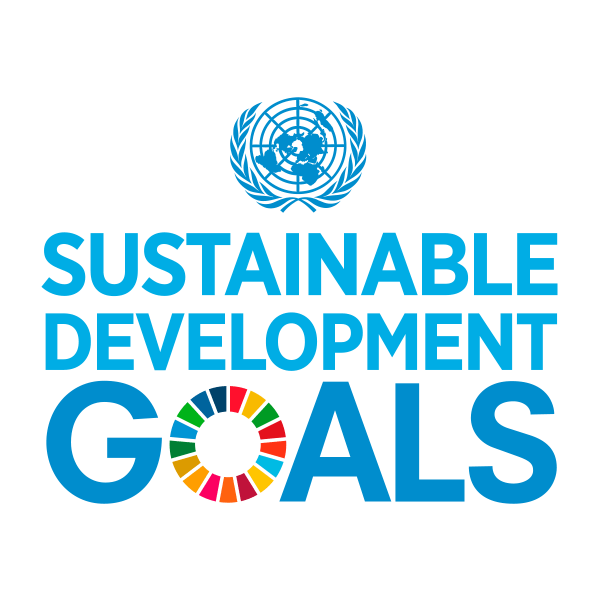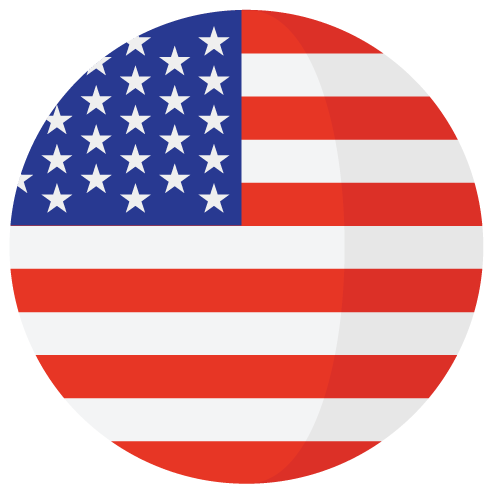JURUÁ
REDD+
PROJECT
DEIXE SEU COMENTÁRIO NO SITE DO VERRA

Clique no link abaixo, acesse o site do VERRA e deixe o seu comentário sobre o nosso projeto.


PROPONENTS
• Biofílica Ambipar Environment
• Amazônia Agroindústria
LOCATION
Cruzeiro do Sul and
Porto Walter (Acre – AC)
STATUS
Registered in Verra
Credits Available for Sale in 2023
START DATE
2020
REDD+ Project
Juruá REDD+ Project
JURUÁ
REDD+ PROJECT
The Juruá REDD+ Project is a partnership between Biofílica Ambipar Environment and Amazônia Agroindústria.
Located in the municipalities of Cruzeiro do Sul and Porto Walter, in the state of Acre, a region that suffers great pressure from deforestation and forest degradation, the actions of the REDD+ Project seek to strengthen asset surveillance and satellite image monitoring in order to contain deforestation in the area of interest.
Area
of coverage
+ More from
management
Emissions
Reduction
+ More from
reductions per year
Avoided
Deforestation
+ More from
avoided in 30 years
Location and
importance of the project
The actions focused on the management of non-timber forest products will seek to strengthen the existing practice in the Project Area through the development and training of the agents involved within the potential lines mapped. Among the non-timber forest products existing in the Project Area, cat’s claw (Uncaria tomentosa) is, until now, the main product. The cat’s claw is more abundant in the Juruá Valley and is used by traditional populations for medicinal treatment of diseases. It is noteworthy that the herbal medicines based on extract of cat’s claw are one of 12 registered by the Ministry of Health for distribution by the Unified Health System (SUS). According to chemical, biological, and pharmacological studies, this species has immunostimulant, antiflammatory, antiviral, and cancer cell growth inhibiting effects, among others.
With the activity of strengthening the management of non-timber forest products it is expected to enhance the development of a sustainable forest-based economy in the Amazon in order to promote an appreciation of the environmental assets from a conserved forest. The valorization of the standing forest is one of the expected impacts, along with the conservation of the area, which is born as a positive measure influencing new dynamics and sustainable productive models for the region, acting to combat illegal deforestation.
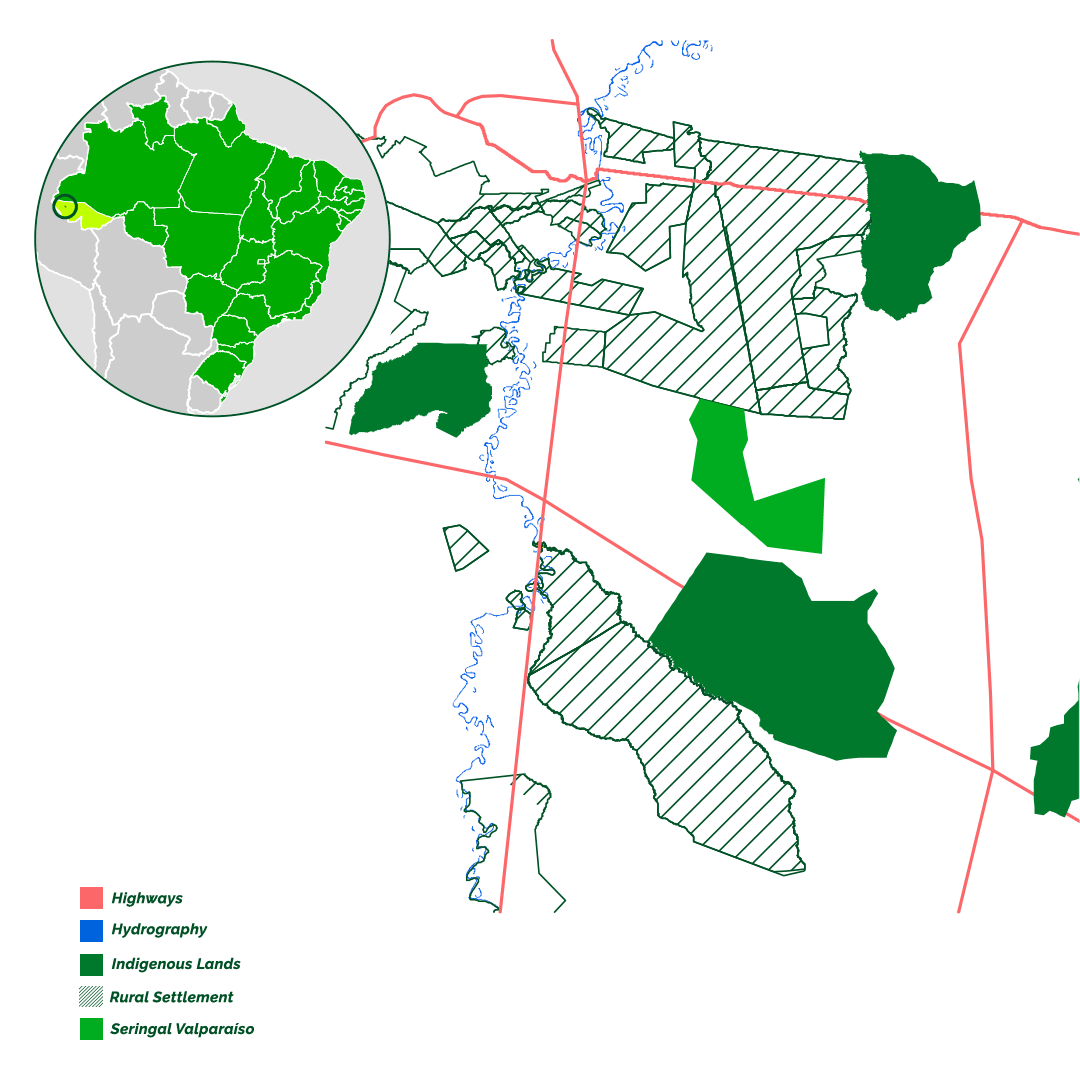
NTFP (Non Timber Forest Products):
The management of non-timber forest products is focused on production in an appropriate manner with maximum use of the regenerative capacity of the forest, for the conservation of carbon stocks and ecological attributes of forests managed in the long term. If well conducted, it becomes a great ally for the conservation of natural resources and the recovery of ecosystem conditions. In this sense, the REDD+ Juruá project that uses the cat’s claw (Uncaria tomentosa), until now as the main product, aims to enhance the value and profitability of the forest, showing that it is capable of generating monetary wealth.
The management of the cat’s claw values and guarantees the continuity of cultural patterns of Amazonian peoples and communities, generating quality products with unique properties that are well accepted in the market, and enabling the development of more knowledge about the forest and its species. The cat’s claw extract base, for example, has recommendation grade B III by the Ministry of Health for knee osteoarthritis and active rheumatoid arthritis. Uncaria tomentosa has anti-inflammatory action, according to research, consumption of the herbal medicine reduced the number of painful joints and showed no hepatotoxic or other significant side effects compared with placebo.
Community
The activities linked to the social scope have the objective of bringing positive impacts for all the actors involved in the region, through the generation of jobs and local income and the training of qualified labor in the theme of management of non-timber forest products. The training and dissemination of forest exploitation techniques will contribute to social formation (better organization of the use of the property and the surrounding area) and economic formation (generation of value on the property with forest products and improvement of the infrastructure).
Biodiversity
The Juruá REDD+ Project area is classified as an area of extreme importance for biological conservation since it is located in the Juruá and Tarauacá River interfluve, a place with high biological diversity (fauna and flora) and endemism rate. Given the context, the activities linked to the management of non-timber forest products have a series of procedures aimed at minimizing the impacts occurring in the exploration area.
Deforestation
In a complementary manner to the monitoring of deforestation carried out remotely with the use of satellite images, the project supports frequent surveillance actions on the property, in addition to encouraging good relations with neighboring localities, with the objective of establishing a broad and transparent management of the territory.
CO-BENEFITS
The Juruá REDD+ Project contributes to the Sustainable Development Goals (SDGs) of the United Nations.
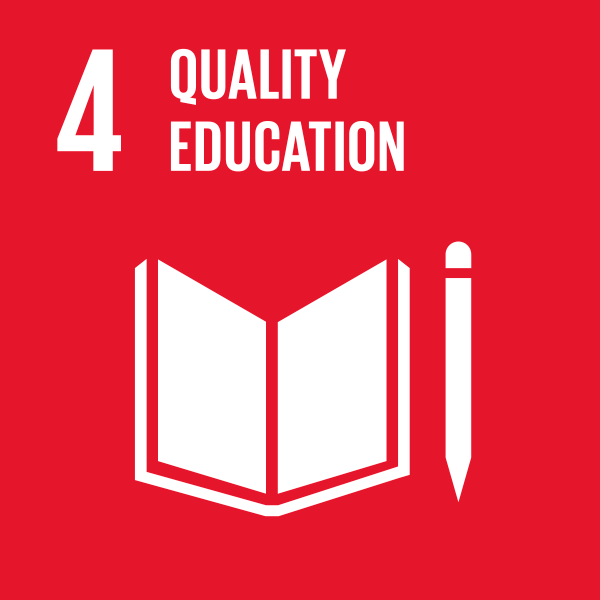
The families that express interest in establishing a partnership to carry out the management of non-timber forest products in the Project Area will receive training to acquire the knowledge and skills necessary to adopt good practices for the extraction of forest resources to be exploited in a sustainable manner. In addition, training will be provided for workers to take appropriate action in cases where illegal activities are identified in the area.
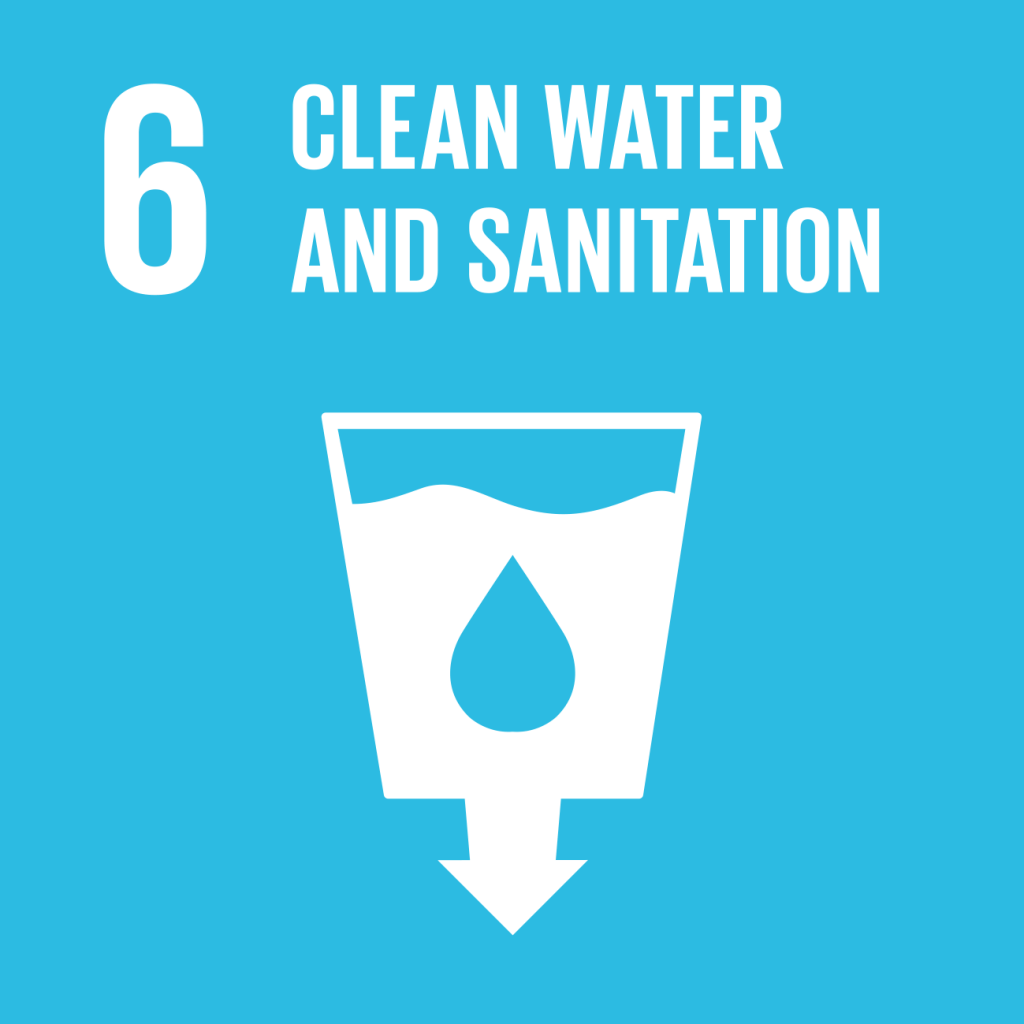
The main objective of the Juruá REDD+ Project is the conservation of forest cover and containment of deforestation and forest degradation. An important activity of the project is the management of non-timber forest products, which, as a scope of the project activities, foresees the strengthening of this practice giving subsidy to be developed in a sustainable way, ensuring, consequently, the protection of the forest cover. The forests contribute to the process of regulating the hydrological cycle, influencing some factors such as precipitation, availability and purification of water, soil protection, lakes, and water courses. Therefore, their maintenance is essential for the provision of water ecosystem services, and consequently, the availability of water for all.
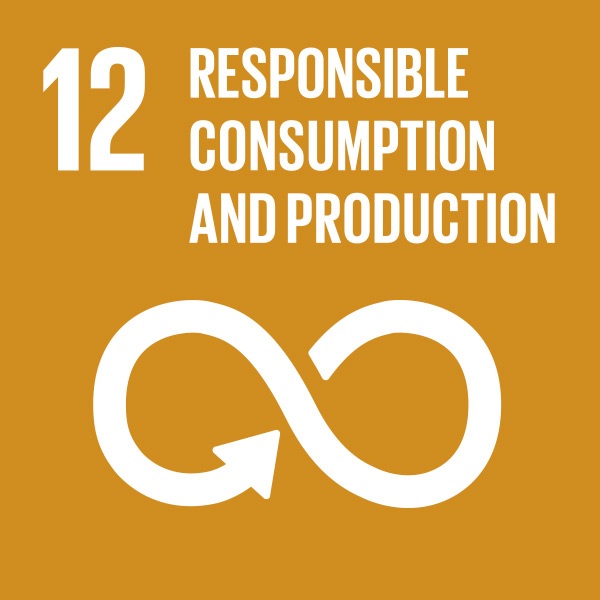
The Project foresees the responsible exploitation of forest resources, through the management of non-timber forest products in the Project Area, with a focus on the cat’s claw (Uncaria tomentosa); involving the implementation of partnerships with the surrounding communities for the development of this management, in order to enhance the development of a sustainable forest-based economy in the Amazon, generating value of environmental assets from a conserved forest.
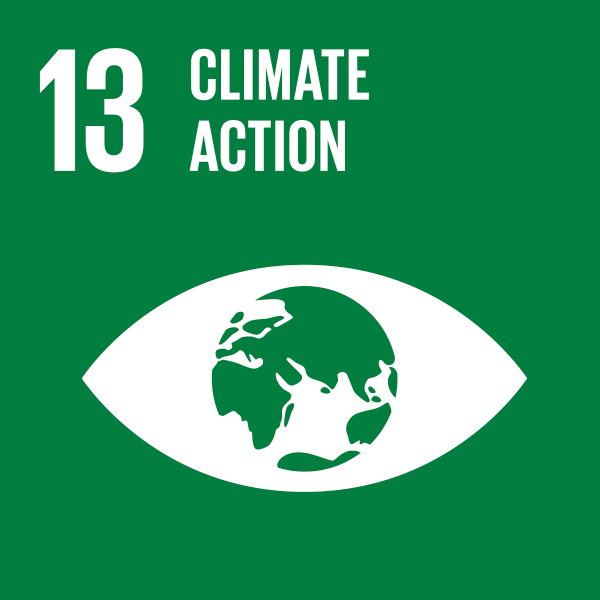
The activities developed by the project are focused on sustainable practices, which contribute to the reduction of unplanned deforestation and forest degradation, and consequently, the reduction of GHG emissions. The Project has the potential to reduce 1,937,742 tCO2 of GHG emissions in 20 years, by preventing deforestation in native forest. The patrimonial vigilance activity will be carried out by means of the presence of the workers in the area, in an integrated manner with remote monitoring activities of deforestation, allowing a refinement in the actions of prevention and combat of illegal activities and maintenance of the forest.
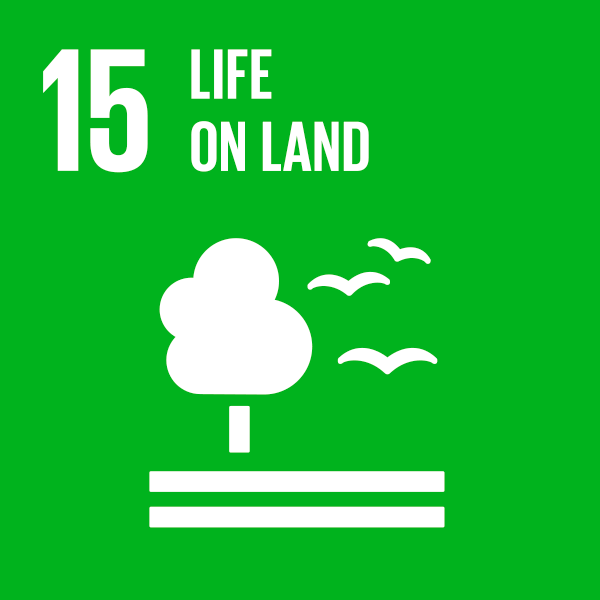
The main objective of the Juruá REDD+ Project is the conservation of forest cover and the containment of deforestation and forest degradation. The project is located in and protects a region classified by the Ministry of the Environment (Ordinance No. 463, 18/12/2018) as a Priority Area for the Conservation, Sustainable Use and Sharing of Benefits of Brazilian Biodiversity and serves as an ecological corridor for preserved areas in the region, protecting endangered species of fauna and flora. The studies on natural and socioeconomic resources already carried out, as well as those complementary to be carried out, necessary to meet CCB certification, in addition to other technical studies to maintain VCS requirements, will also contribute to integrate ecosystem and biodiversity values into national and local planning, development processes and strategies for poverty reduction and biodiversity conservation.



